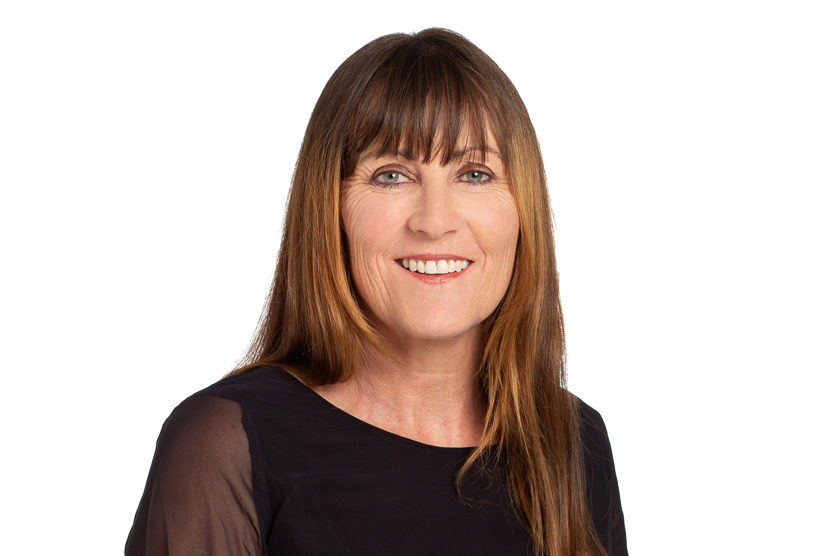Balancing needs with affordability
By Deputy Mayor Ann Court.
The Council’s Infrastructure Committee considered a proposal last week to discharge treated wastewater from the Kāeo treatment plant to land. Kāeo’s wastewater plant serves about 250 properties including the Whangaroa Health complex (the old hospital), Whangaroa College and Kāeo Primary School.

The Council’s Infrastructure Committee considered a proposal last week to discharge treated wastewater from the Kāeo treatment plant to land. Kāeo’s wastewater plant serves about 250 properties including the Whangaroa Health complex (the old hospital), Whangaroa College and Kāeo Primary School. Currently, wastewater from the plant is screened, goes through an oxidation pond, a rock filter and UV disinfection before being discharged into the Kāeo River and eventually the Whangaroa Harbour. Mana whenua representatives and the Kāeo community have told us to look at land-based disposal of wastewater as an alternative. This would address iwi concerns about discharging wastewater to waterways and could provide other benefits, such as the irrigation of timber crops. While there are suitable soil types for land-based disposal near the treatment plant, it is estimated that this option would cost around $6.2 million and that’s without land purchases or upgrades to the Kāeo treatment plant.
Which brings me to the subject of this column – affordability. We pay for our wastewater systems through a targeted rate. That means you pay if you have access to the infrastructure. For the 250 or so Kāeo properties using the current system, the cost of switching to land-based disposal would see targeted rates increase by between $845 and $1800 in the first year, and then an extra $765 and $1640 within five years. That is a long way from affordable and, for now, we will not be going ahead with land-based disposal at Kāeo.
Like all households and businesses in New Zealand, the Council is dealing with significant cost increases due to COVID-related supply chain challenges, rising oil prices and disruption from the Ukraine war. These are impacting tender prices and contract delivery. In its report, Rates and affordability in the Far North, economic and business research company Berl says rates become unaffordable when they exceed 5% of gross household income. There is no one point when rates become unaffordable for all ratepayers. Our district has pockets of high wealth households that will be relatively unaffected by increased rates. It’s a different story for families on the median income of $22,600 per annum and we know that low-income Far North households are hurting right now.
All elected representatives face this dilemma: do we increase rates now or defer projects until they are more ‘affordable’. Affordability is about more than your next rates bill, it’s also about future generations. We don’t want to defer much-needed projects, only to saddle our grandchildren with those projects and costs. If we invest in infrastructure now, we can also increase the chances of future generations earning higher incomes.
We are now trying find a middle ground as try to balance needs against affordability. We will engage with you about pushing out our capital programme by three to four years while the global economy finds a new equilibrium, but we are also taking steps right now. We are rescoping some capital programmes and re-packaging contracts and tenders. We are also boosting local procurement to keep more ratepayer dollars within the community, and we’re pre-ordering materials to minimise cost creep.
Tags: News story

